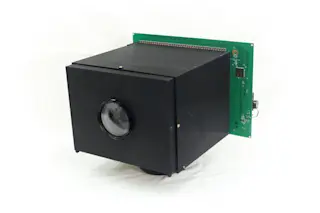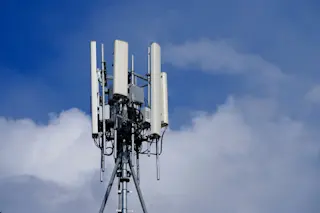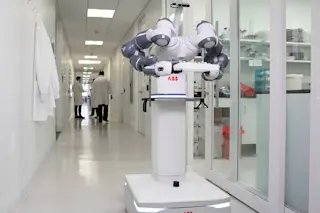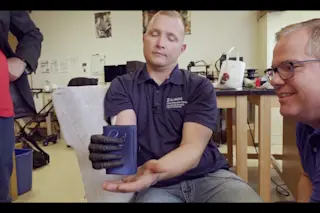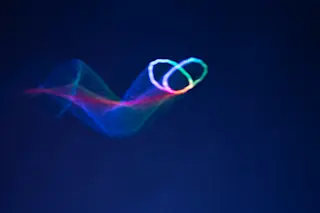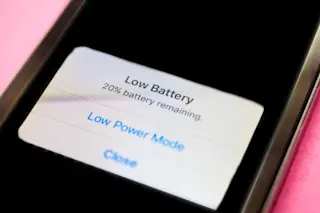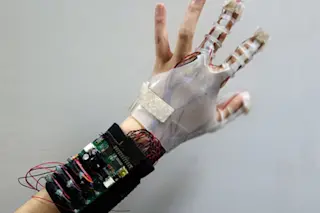Light is energy. Cameras need energy to work. A modern camera works by sensing light. This cycle has provided an elegant solution to one of our digital age’s universal problems: how to power a camera infinitely.
Digital cameras create images based on data from millions of photodiodes, each of which measures the amount of light it receives. But solar panels use photodiodes, too, converting light energy into electrical energy.
The camera transmits an image of a still life to a monitor. For a scene that is about 300 lux in brightness, it can produce an image per second, indefinitely. | Computer Vision Laboratory/Columbia Engineering
In April, a Columbia University team unveiled the first working prototype of an “eternal camera,” which records video and provides its own power, even in indoor settings. The team developed a design that continually toggles between measuring and harvesting light.
The possibilities could be as limitless ...


